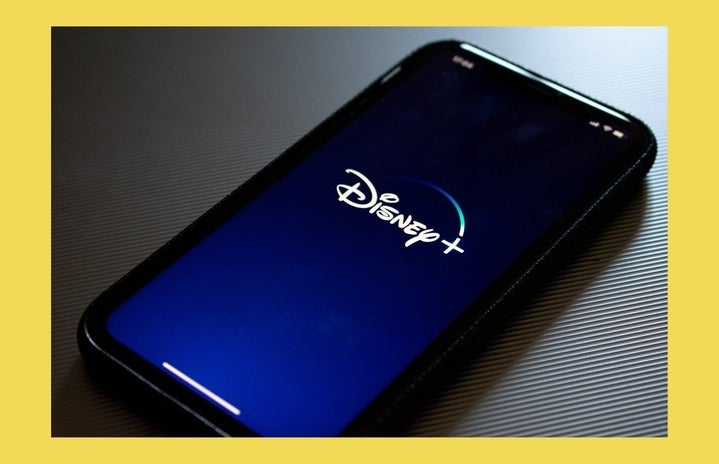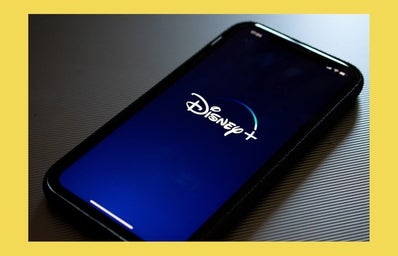Set in a world where every character is one of the four elements, Disney’s “Elemental” is a romantic comedy-drama following fire element Ember Lumen (Leah Lewis), and water element Wade Ripple (Mamoudoue Athie). They meet and fall in love after Wade’s job as a city inspector collides with the fate of Amber’s father’s convenience store.
Despite it being a love story, one of the main themes of this film was the xenophobia Ember’s family faces as fire elements. Coming from a family of immigrants, I was able to relate more to Ember’s position as the daughter of immigrants than her love story with Wade.
There are many scenes that first generation and second generation immigrants will instantly relate as they’ve probably either experienced what Ember’s family went through or have heard similar stories. One scene that left me in awe was the scene where Ember’s parents first came to Element City and told the immigration officer their Firish native names. Rather than comprehend their language, the officer offers two new names, Bernie and Cinder, then allows them into the city.
This scene instantly reminded me of what most immigrants experience when coming to Ellis Island, New York. My own grandparents, who came here from Cuba, went through Ellis Island and lost parts of their native names upon their immigration.
The story of how Ember’s parents had to leave Fireland since it was too dangerous for them to raise a family there also reminded me of my own family. My father was born in Nicaragua and came to the states when he was a teenager. To this day, he reminds my sister and me about the war in his home country and how leaving Nicaragua was something they needed to do for a better life for their family.
As the child of immigrants, I was touched by how direct “Elemental” was in regards to the concept of repaying a sacrifice. In this case, the sacrifice Ember refers to, and one that most people in immigrant families know, is coming to a new land with nothing. Ember is torn between her family and what she wants, which is a sacrifice most children of immigrants give up because, according to Ember, the “only way to repay a sacrifice so big is to sacrifice your dream too.”
Disney has touched upon generational guild in previous movies such as “Encanto” and “Turning Red,” but it has never been addressed as directly as it is in “Elemental.” In “Encanto,” the generational guilt is coded in terms of being worthy of the family via their magical gifts. In “Turning Red,” the young heroine wishes for a different path than the one her mother has set for her. By keeping her red panda, which is something she inherited from her mother’s side, she is choosing her own path. Given the many symbols, the directness of generational guilt is lost in these magical realist films since it makes it easier for the audience to ignore the truth behind the story if it’s concealed behind magical elements. In “Elemental,” however, I was able to fully comprehend that the movie was making direct commentary on the struggles of immigrating to the states and the struggles of being born to an immigrant family.
There are many details hidden in the movie that contribute to the xenophobia and class struggle each element has. For Wade, he comes from a line of privilege and wealth. His family can afford to pursue the arts because they are wealthy (water was the first element to come to Element City.)
One of my favorite parts of the movie was seeing the father-daughter relationship between Ember and her dad blossom. In most Disney movies, the parents are either deceased or hardly have any screen time. My father, who was born in another country, has a hard time communicating with my sisters and me since he’s used to a “traditional way of thinking.” For instance, sometimes we have to educate him on the LGBTQ+ community and success can be found in careers not related to STEM. This divide in thinking makes it harder for him to understand my sisters and me since we are growing up in the evolving modern world. It was really heartwarming to see Ember and her father have cultural communication differences but being able to have a good relationship despite it.
Additionally, the genuine and unique love story between Ember and Wade should be represented more on screen as they both love each other’s faults. Emberhas a big temper–her father tells customers that she burns bright, but sometimes too bright. Wade’s character is almost always crying, but is one of the reasons Ember loves him. He’s able to connect with people, which contrasts with her own fiery personality. Despite their differences, they love each other deeply and grow together.
Overall, I think Disney’s “Elemental” is gaining the attention it deserves from the media now that it has been released onto a streaming platform, achieving more watch views on Disney+ than even the highly anticipated live action of “The Little Mermaid.” I thoroughly enjoyed the comforting “Elemental” as it draws inspiration from real life issues such as racism and class struggle and contains poignant and relatable themes.


